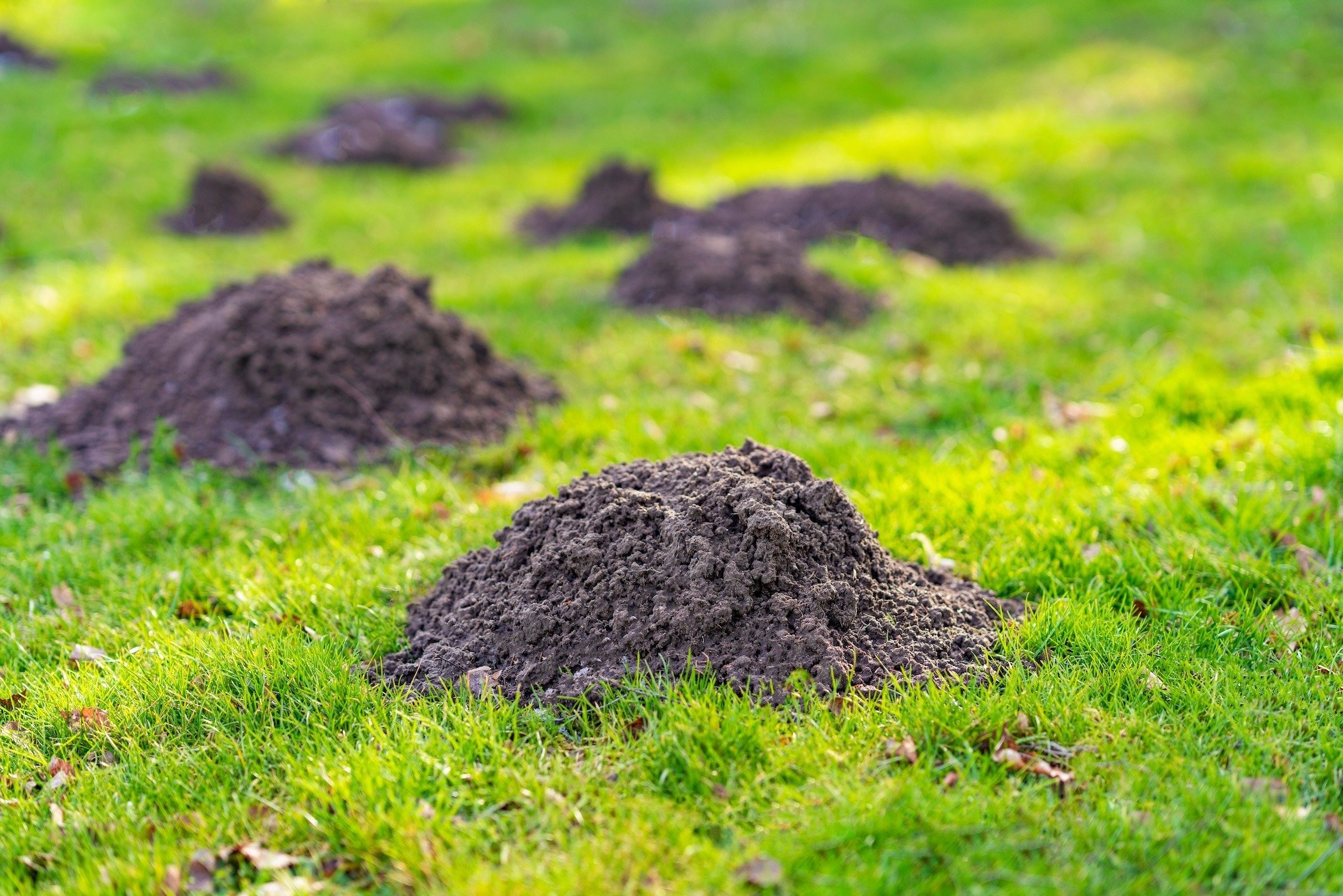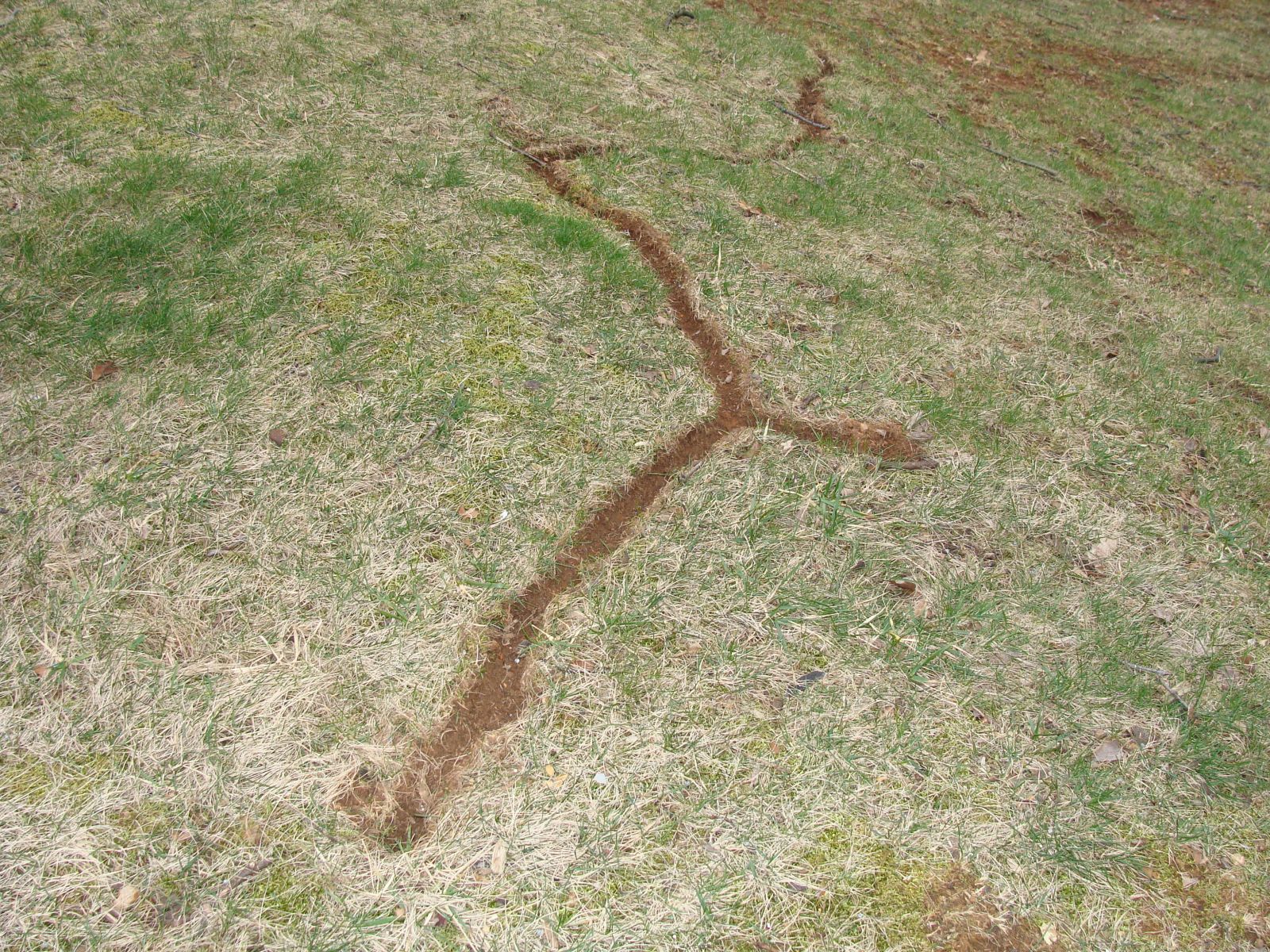Vole Pest Control Demystified: A Complete Introduction of Invasion Detection and Effective Therapy Approaches
As home proprietors and yard fanatics, the breach of voles can be a relentless issue that needs a systematic method for reliable monitoring. By recognizing the behavior patterns of these elusive rodents, one can get beneficial insights into their practices and choices. From refined indications of infestation to the application of targeted control measures, navigating the realm of vole bug control demands a blend of understanding and tactical action. In this extensive overview, we will discover the subtleties of vole invasion detection and dive into the realm of efficient treatment techniques that can guard your spaces from these below ground problems.
Comprehending Vole Habits Patterns
Comprehending the elaborate habits patterns of voles is important for successfully applying pest control actions in domestic and farming setups. Voles, tiny rats that resemble computer mice yet with stouter bodies, are well-known for their quick reproduction rates and voracious hungers for greenery. By delving right into their behavior patterns, insect control specialists can obtain beneficial insights into vole vulnerabilities, routines, and choices.
Voles are mostly herbivores, eating a vast array of plants, bulbs, roots, and light bulbs. They are likewise respected tunnelers, creating intricate below ground burrow systems for nesting and foraging (vole pest control). By comprehending these habits, pest control specialists can purposefully place traps and bait terminals along vole paths and access factors, raising the chance of effective elimination
In addition, knowledge of vole habits patterns can aid in establishing safety nets to deter future infestations. By addressing factors that draw in voles, such as thick plant life cover and easily accessible food resources, homeowner can make their premises less inviting to these damaging bugs. In conclusion, a detailed understanding of vole habits is critical in creating lasting and efficient parasite control methods.
Identifying Signs of Vole Problem
Effective vole pest control starts with promptly acknowledging the obvious indicators of vole invasion on residential or commercial properties. Additionally, vole droppings are another clear indicator of problem.
In addition to droppings and paths, gnaw marks on tree bark and plant life are also indications of vole activity. The existence of burrow openings in the ground shows an energetic vole populace.
Being alert for these indicators can help homeowner spot vole infestations early and take proper pest control actions to stop further damage.
Carrying Out Targeted Control Procedures
What certain approaches can be used to effectively implement targeted control measures for vole parasite management on residential properties? Implementing targeted control actions for vole parasite management calls for a multi-faceted method that incorporates both prevention and removal approaches. Among the vital strategies is environment modification, which involves removing vole-friendly atmospheres such as tall turf, weeds, and particles near structures. Mounting obstacles like equipment click for more cloth or crushed rock around yard beds and tree trunks can likewise help discourage voles - vole lawn damage.
Trapping is one more reliable technique for regulating vole populaces. Live catches can be purposefully placed along vole runways or delve entryways, baited with peanut butter or apple slices. Once captured, voles should be humanely gotten rid of to a different area to avoid reinfestation.

Natural and Environmentally Friendly Treatments
The fostering of environmentally conscious practices can play a pivotal role in taking care of vole populations without creating injury to the ecological community. All-natural and environment-friendly solutions offer a sustainable approach to vole pest control, decreasing using damaging chemicals and advertising biodiversity in the influenced areas.
One efficient natural method is making use of predator urine or killer decoys. Killers like foxes, snakes, and owls are the vole's all-natural adversaries. By purposefully placing killer urine or decoys around the infested locations, voles might be deterred from working out in those places.
Additionally, planting vole-resistant plant life can aid in minimizing vole damages. Plants such as daffodils, crown imperials, and Siberian squill visit the site are known to be uninviting to voles and can function as natural repellents.
Additionally, creating physical barriers like cord mesh or gravel around prone plants can protect against voles from accessing them. These obstacles can help safeguard yards and landscapes without positioning any type of danger to the setting or other non-target species. By including these environmentally friendly and natural remedies, vole invasions can be handled efficiently while maintaining environmental balance.
Long-Term Avoidance Approaches
To sustainably resolve vole problems over time, applying aggressive measures is essential for lasting prevention methods. One reliable approach for long-lasting prevention is habitat adjustment. By lowering thick greenery, mulch, and mess around structures, you can make your building less enticing to voles. Additionally, mounting obstacles like fences or underground cord mesh can assist deter voles from invading your garden or yard.
Normal surveillance of vole task is important for early discovery of any kind of indicators of problem. Establishing up vole catches can assist in controlling their population before it becomes a full-blown problem. It is likewise important to seal any access indicate buildings or structures to stop voles from getting.
Furthermore, keeping a clean and clean environment can discourage voles from making your residential property their home. Getting rid of food resources like dropped fruits, seeds, and family pet food can help in making your home less attractive to these pests. By integrating these proactive actions with all-natural remedies and efficient treatment techniques, you can establish a thorough long-lasting vole parasite control technique.

Final Thought
In conclusion, recognizing vole behavior patterns, determining indicators of problem, carrying out targeted control steps, making use of green and natural solutions, and implementing long-lasting avoidance methods are crucial action in effectively managing vole invasions. By being positive and taking the needed steps to deal with vole problems immediately, individuals can successfully regulate and protect against vole problems in their homes.
From refined indicators of invasion to the execution of targeted control steps, browsing the realm of vole bug control demands a mix of knowledge and calculated activity.Reliable vole pest control starts with promptly acknowledging the obvious signs of vole problem on homes. Executing targeted control actions for vole parasite administration requires a multi-faceted approach that integrates both prevention and eradication methods. Setting up vole traps can help in controlling their populace before it becomes a full-blown infestation. By incorporating these aggressive measures with natural solutions dig this and efficient treatment techniques, you can establish a comprehensive lasting vole pest control strategy.
Comments on “Battle Vole Invasion: Expert Approaches for Vole Control”